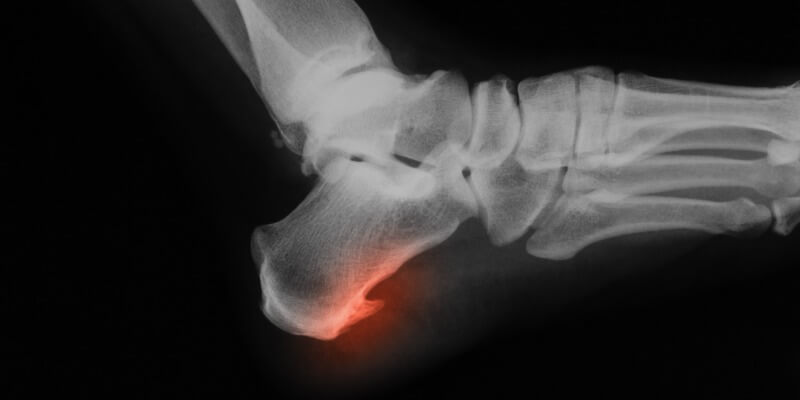10+ Bone Spur Treatments To Ease Molar Tooth Pain

Bone spurs, also known as osteophytes, are abnormal growths of bone that can occur on any bone in the body, including the jawbone. When they develop near the molars, they can cause significant pain and discomfort, especially when chewing or biting down. If you’re experiencing molar tooth pain due to a bone spur, it’s essential to understand the various treatment options available to alleviate your symptoms. In this comprehensive guide, we’ll explore over 10 bone spur treatments to help you find relief from molar tooth pain.
Understanding Bone Spurs and Molar Tooth Pain
Before diving into the treatment options, it’s crucial to understand the relationship between bone spurs and molar tooth pain. Bone spurs can develop due to various factors, including:
- Jaw misalignment or malocclusion
- Gum disease or periodontitis
- Tooth decay or cavities
- Trauma or injury to the jaw or teeth
- Aging or wear and tear on the joints
When a bone spur develops near a molar tooth, it can cause pain and discomfort in several ways:
- Irritation of the surrounding nerves and tissues
- Pressure on the tooth root or surrounding bone
- Difficulty chewing or biting down due to the abnormal bone growth
10+ Bone Spur Treatments for Molar Tooth Pain
Fortunately, there are various treatments available to alleviate molar tooth pain caused by bone spurs. Here are over 10 options to consider:
- Oral Surgery: In severe cases, oral surgery may be necessary to remove the bone spur and relieve pressure on the surrounding tissues. This can be done under local anesthesia or sedation.
- Dental Crowns: If the bone spur is causing pain due to a misaligned bite or tooth decay, a dental crown can help redistribute the biting force and alleviate pressure on the affected tooth.
- Tooth Extraction: In some cases, the affected tooth may need to be extracted to remove the source of pain. This is usually a last resort and only considered if other treatments are not effective.
- Orthodontic Treatment: If the bone spur is caused by a misaligned jaw or teeth, orthodontic treatment can help realign the teeth and jaw, reducing pressure on the affected area.
- Physical Therapy: Gentle exercises and stretches can help reduce pain and inflammation in the jaw and face. A physical therapist can work with you to develop a customized exercise program.
- Pain Management: Over-the-counter pain medications, such as ibuprofen or acetaminophen, can help alleviate pain and discomfort. In some cases, prescription pain medication may be necessary.
- Corticosteroid Injections: Injecting corticosteroids into the affected area can help reduce inflammation and alleviate pain.
- Laser Therapy: Low-level laser therapy (LLLT) or photobiomodulation (PBM) can help reduce pain and inflammation by promoting tissue healing and relaxation.
- Acupuncture: This ancient Chinese practice involves inserting thin needles into specific points on the body to stimulate healing and pain relief.
- Dietary Changes: Avoiding hard or chewy foods can help reduce pressure on the affected tooth and surrounding tissues. A soft food diet may be recommended for a period.
- Transcutaneous Electrical Nerve Stimulation (TENS): This non-invasive treatment involves applying a small electrical current to the affected area to interrupt pain signals to the brain.
- Arthrocentesis: This minimally invasive procedure involves injecting a sterile solution into the affected joint to reduce inflammation and promote healing.
FAQ Section
What are the symptoms of a bone spur on a molar tooth?
+Symptoms of a bone spur on a molar tooth can include pain or discomfort when chewing or biting down, sensitivity to temperature or pressure, and difficulty opening or closing the jaw.
Can bone spurs on molar teeth be prevented?
+While some cases of bone spurs may be unavoidable, maintaining good oral hygiene, avoiding tobacco and alcohol, and managing stress can help reduce the risk of developing bone spurs on molar teeth.
How long does it take to recover from bone spur treatment on a molar tooth?
+Recovery time from bone spur treatment on a molar tooth can vary depending on the treatment option chosen. In general, patients can expect to feel relief from pain and discomfort within a few days to a week after treatment.
Conclusion
Bone spurs on molar teeth can cause significant pain and discomfort, but there are various treatment options available to alleviate symptoms. By understanding the causes and symptoms of bone spurs, as well as the different treatment options, you can work with your dentist or healthcare provider to find the best solution for your needs. Remember to maintain good oral hygiene, avoid tobacco and alcohol, and manage stress to reduce the risk of developing bone spurs on your molar teeth. With the right treatment and care, you can find relief from molar tooth pain and enjoy a healthier, happier smile.


